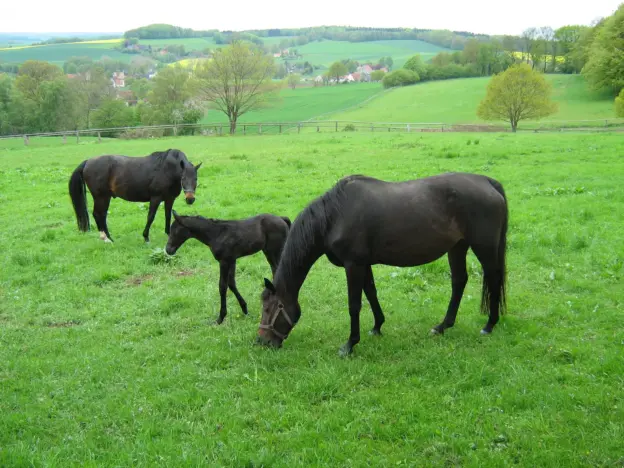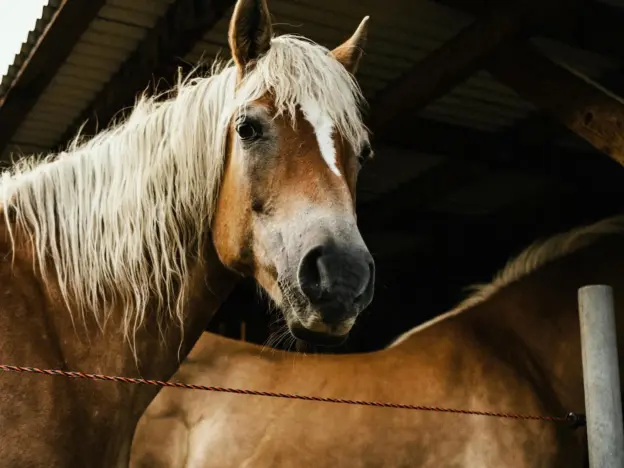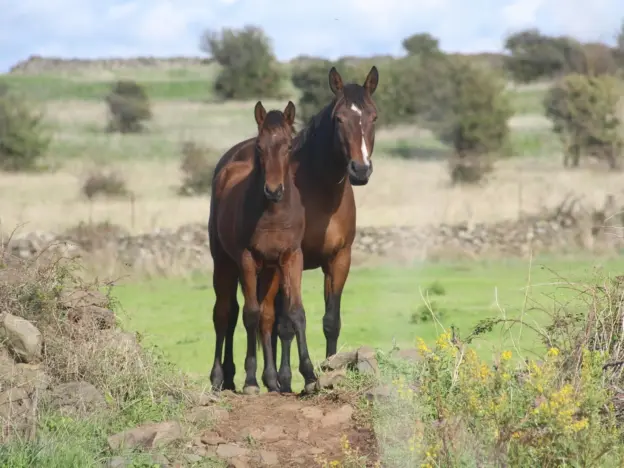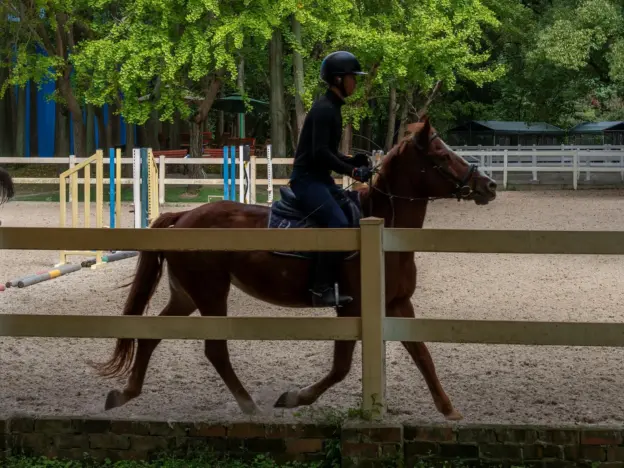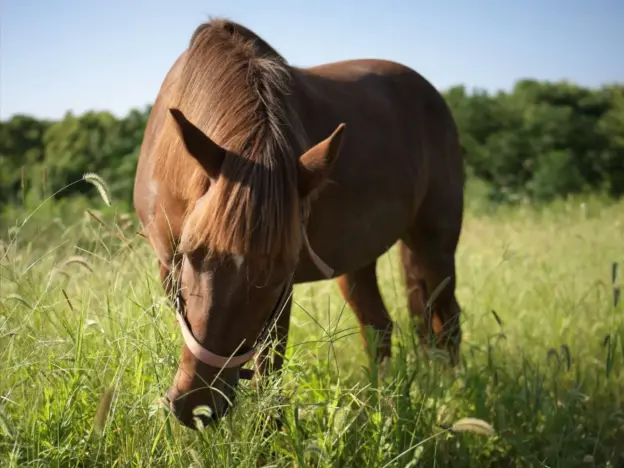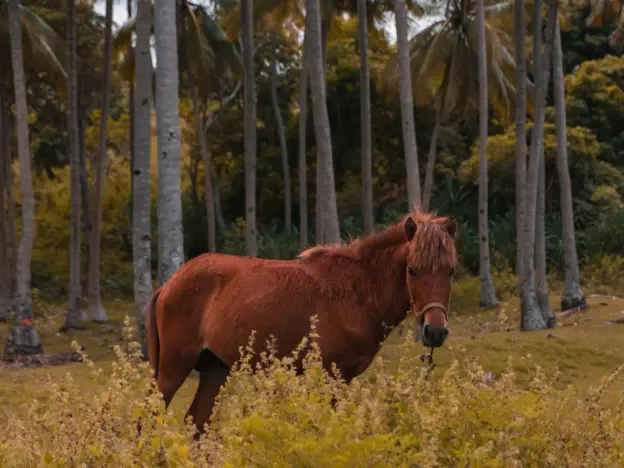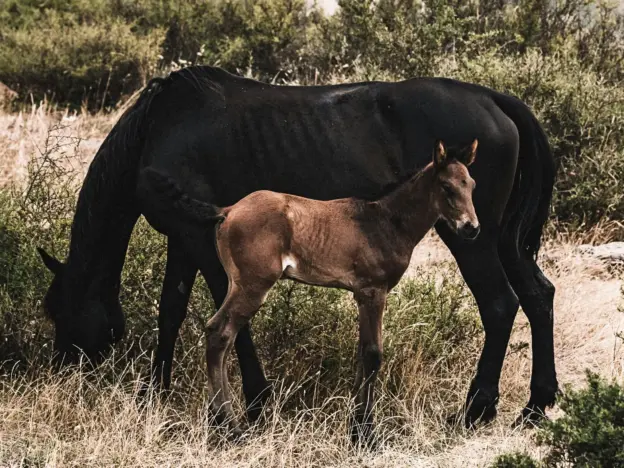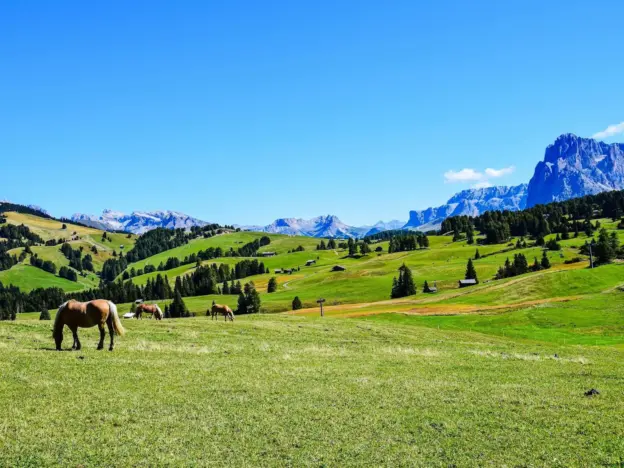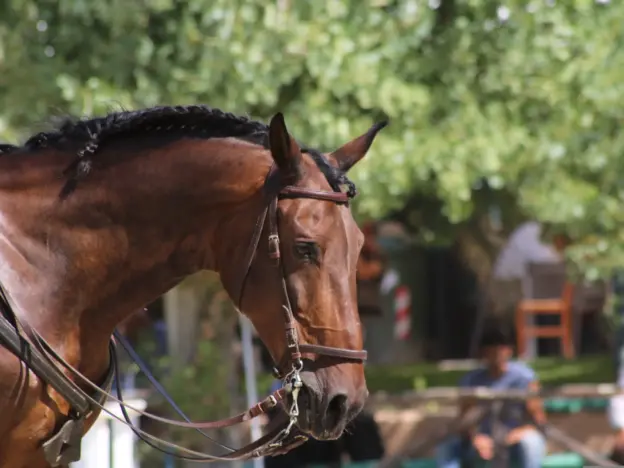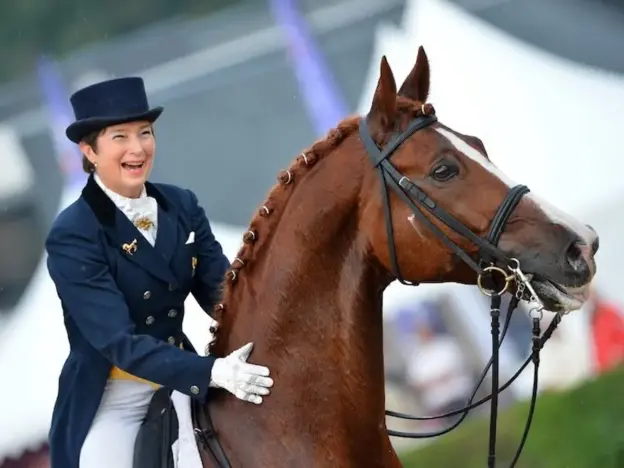Intro
The Saxony Warmblood is a robust warmblood breed with a much heavier body type than the warmblood sporting horses of today. They are bred in the areas of Saxony and Thuringia, and although they are a heavy in type they are not to be confused with the Saxon-Turinga Coldblood.
Read more
